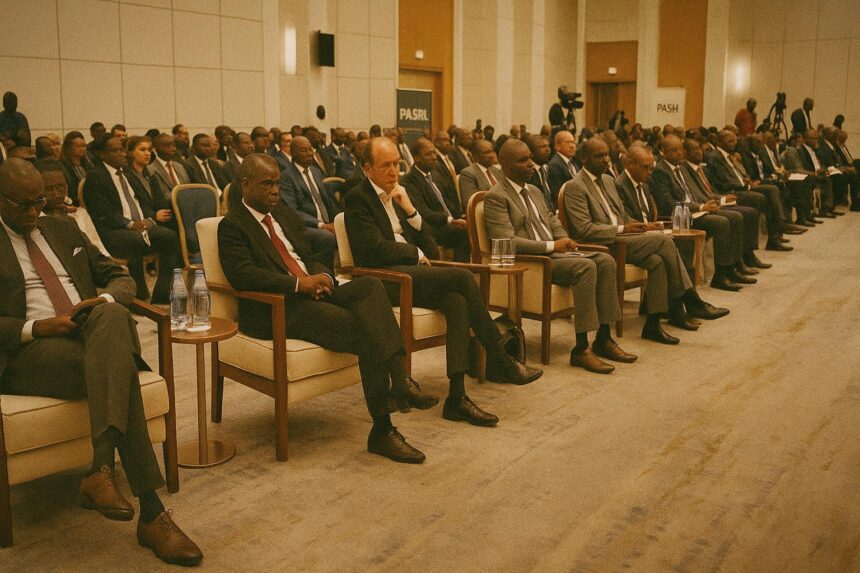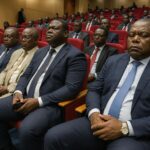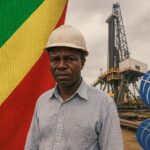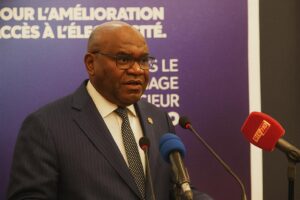Strategic convergence between Brazzaville and Washington
The public unveiling of the Electricity Services Improvement Project, universally abbreviated as PASel, at the Hilton in Brazzaville signals more than a ribbon-cutting moment. It embodies a sophisticated alignment of national development priorities with the World Bank’s objective of expanding reliable energy across Sub-Saharan Africa. According to recent World Bank portfolio data, electricity now accounts for close to a quarter of its active commitments in Central Africa, illustrating the institution’s conviction that power reliability underpins macro-stability (World Bank, 2025).
- Strategic convergence between Brazzaville and Washington
- Fortifying transmission: The Pointe-Noire–Brazzaville spine
- Commercial discipline and the quest for bankability
- Urban distribution and the politics of public light
- From Mission 300 to Agenda 2063: Broader diplomatic stakes
- Measuring success beyond 2028
Government interlocutors present at the ceremony, led by Energy and Hydraulics Minister Emile Ouosso, underscored that the USD 100 million facility is not merely a loan but a calibrated instrument to strengthen national sovereignty through infrastructure. By approving the financing package in 2024, the Congolese Parliament conveyed a rare cross-party consensus that grid modernisation is indispensable to sustaining the country’s 4 per cent GDP growth trajectory forecast by the IMF.
Fortifying transmission: The Pointe-Noire–Brazzaville spine
The flagship engineering component of PASel concentrates on the 220-kilovolt line connecting the economic hub of Pointe-Noire with the political capital. Built in the early 1980s and strained by rapid urbanisation, the corridor currently loses an estimated 18 per cent of transmitted power, double the continental average (International Energy Agency, 2024). Upgrading substations at Djiri, Ngoma and Songolo is expected to curtail technical losses to below 10 per cent, thereby releasing megawatts that today evaporate in transit.
Beyond the immediate technical gains, a more resilient backbone unlocks the prospect of selling surplus electricity into the Central African Power Pool, a priority championed by the Economic Community of Central African States. Regional trade in electrons, still embryonic, could emerge as a discreet but potent foreign-policy lever for Congo, placing Brazzaville in a position to supply neighbouring markets during seasonal deficits.
Commercial discipline and the quest for bankability
While hardware captures headlines, insiders at Énergie Électrique du Congo quietly acknowledge that revenue leakage is equally debilitating. Studies financed under the preceding PERP project estimated that only one in two kilowatt-hours delivered was actually billed. PASel earmarks a sizeable tranche for advanced metering infrastructure and a corporate governance overhaul designed to insulate E²C from ad-hoc political interference.
Minister Ouosso’s statement that the programme tackles ‘structural weaknesses of governance’ resonates with World Bank conditionalities that link disbursements to management milestones. The contractual framework introduces performance indicators—ranging from collection ratios to gender-balanced staffing—that, if met, should lift the utility’s credit profile and de-risk future private investment in hydropower, notably on the Sounda Gorge where feasibility studies are nearing completion.
Urban distribution and the politics of public light
PASel’s plan to replace ten thousand street-lighting units with high-efficiency LEDs may appear pedestrian, yet it carries substantial socio-political symbolism. In districts of Brazzaville and Pointe-Noire, where outages have historically fanned public discontent, visible improvements in night-time lighting serve as a tangible dividend of reform. Research by the African Union Development Agency finds that crime rates in comparable West African cities dropped by up to 12 per cent after similar retrofits (African Union, 2023).
By dovetailing urban safety with energy efficiency, the government frames electrification as a multidimensional public good rather than a purely technical enterprise. This narrative supports President Denis Sassou Nguesso’s broader agenda of infrastructure-led social stability, articulated in the National Development Plan 2022-2026.
From Mission 300 to Agenda 2063: Broader diplomatic stakes
PASel is nested within the African Development Bank–sponsored Mission 300, an aspirational drive to connect 300 million Africans to modern energy by 2030. By contributing an estimated 1.75 million additional Congolese consumers, Brazzaville positions itself as an early mover in meeting the continental pledge, thereby enhancing its diplomatic standing in forthcoming COP and AU summits.
Furthermore, the project dovetails with the African Union’s Agenda 2063, whose flagship objective ten envisions an integrated, prosperous and peaceful Africa powered by renewable energy. Opening the grid to independent power producers, particularly run-of-river hydro ventures, signals Congo’s readiness to leverage sustainable resources while observing rigorous environmental safeguards demanded by multilateral financiers.
Measuring success beyond 2028
The closing date of 30 June 2028 will provide a formal audit point, yet the real litmus test lies in whether newly reliable electricity catalyses manufacturing diversification and digital services expansion. Should transmission losses remain below target or governance benchmarks slip, the legacy of PASel may hinge on follow-up reforms already being drafted by the Ministry of Economy and Finance in consultation with IMF staff.
Still, the early mobilisation of contractors and the procurement of six high-voltage transformers, already underway, foster cautious optimism among observers. In the words of Jie Tang, the World Bank’s energy director for West and Central Africa, the initiative offers Congo ‘a bridge between abundant natural resources and inclusive growth’. That bridge, if well maintained, could carry the country toward a more electrified—and diplomatically influential—future.

















